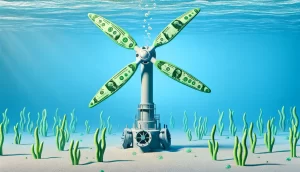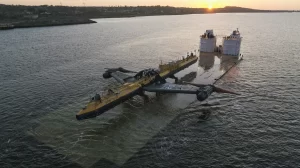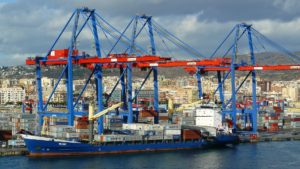The Pacific Marine Energy Center (PMEC) is a consortium that conducts cutting-edge research and fosters collaboration among academia, industry, and government on marine renewable energy. It includes the University of Washington, University of Alaska Fairbanks, and Oregon State University. Ali Trueworthy, a student at Oregon State University and researcher at PMEC, sat-down with the PMEC directors from each university, Dr. Brian Polagye, Dr. Jeremy Kasper, and Dr. Bryson Robertson, to get their thoughts on the future of the center, marine energy, and the blue economy.
Trueworthy: There are tons of amazing technologies under development right now in many sectors of the Blue Economy. In what sector are you most excited to see PMEC engage?
Robertson: I think in terms of the smaller marine energy systems, there is great overlap between aquaculture, remote communities, and underwater vehicles. While aquaculture is not a huge activity right now in the U.S., I think globally there are lots of exciting things happening there. The scale of aquaculture electricity demand is relevant to a number of existing and emerging markets, they are putting big devices in the water and they have an energy need that needs to be met – and met in the most renewable way possible, not by shipping fossil fuels offshore.
Remote communities are interesting for the social aspect as well as the technical aspect. Locations where there isn’t a lot of infrastructure can accrue significant social benefits through reduced dependency on diesel fuel.
Working with folks in PMEC on the underwater vehicle side of things is really interesting too. Just like as electric vehicles on shore need to periodically recharged, underwater vehicles face the same limitation. How do we deal with docking vehicles and recharging them at sea? What about undocking? How do we deal with developing marine energy technologies that can get aquiesent, so we can be really stable for docking but also be excited by waves or currents? I think there is a lot of great fundamental research to be done there.

Trueworthy: Bryson, you mentioned remote communities have strong overlap with marine energy. When you were at University of Victoria, did you work on how wave energy might be used by remote communities?
Robertson: I did! There is a paper just being published on wave energy integration in remote communities. I think it’s important when we look into these integration challenges that we don’t compare mature technologies against nascent technologies on a cost basis. A lot of the work I have done in the past is looking at the more fundamental opportunities associated with marine energy technologies. Comparing something like solar, for example, against wave isn’t a fair comparison given the amount of research time and money that has gone into getting solar to a mature state.
We need to make sure we understand the value propositions for remote communities, because that information is crucial to the narrative that can help reinforce the long-term future in this space. And there is a long-term future and opportunity at this scale within these communities. We need to focus on how we can drive costs down to fully capture that value proposition that we have articulated.
Trueworthy: You mentioned the AUV recharge market. Brian, I know some great work has come out of the University of Washington in this area, is that something you are particularly excited about?
Polagye: It is – that and persistent ocean observation. I think that these are two areas in the Blue Economy where marine energy can do the job better than any other technology and where it could also allow you to do something that you simply cannot do today; like have a resident autonomous underwater vehicle in the open ocean for weeks or months at a time. We aren’t going to run power cables far offshore for a 10 watt electrical load. But doing that with a wave energy converter? That would be a really light lift.
The areas that I am most excited about are where marine energy could potentially unlock entirely new ways to interact with the ocean. And I am excited about the opportunities to co-design marine energy systems with some of these other Blue Economy applications. This is also a great opportunity to take advantage of the expertise in underwater robotics at UW’s Applied Physics Laboratory and CoRIS at OSU.
I think that one of the interesting things is that, by virtue of the existing overlap between PMEC with ocean observing, we’re already familiar with where power is a bottleneck for ocean observing than we are for other markets for which we don’t have natural engagement points within the center. But I think as we start doing more co-design and co-development, we are likely to continually come across new sectors to engage with.
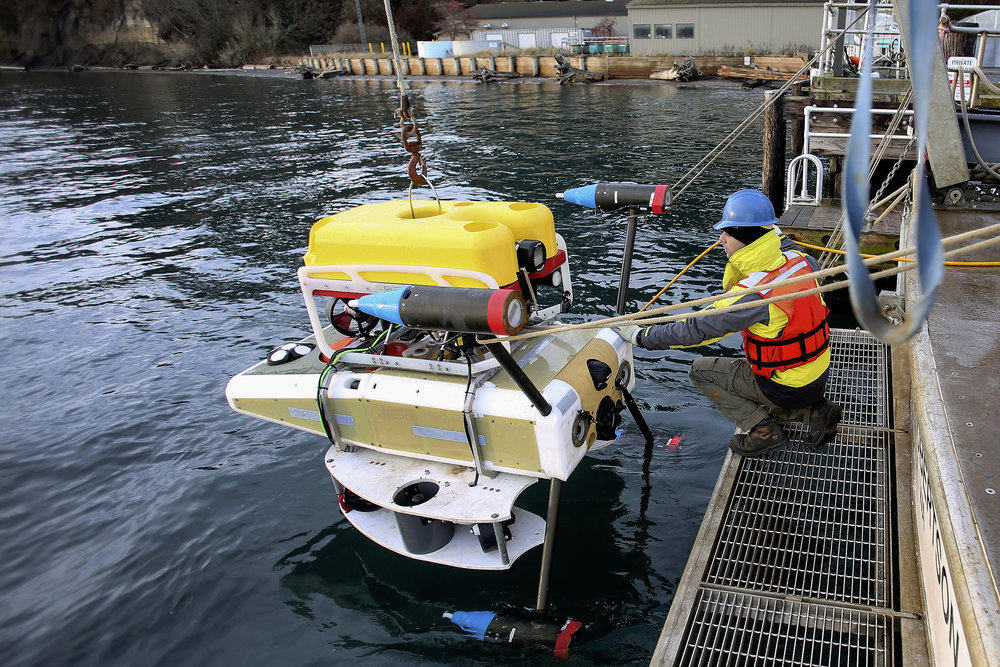
Trueworthy: Jeremy, what are your perspectives coming from the University of Alaska-Fairbanks?
Kasper: Remote communities are something that are near and dear to my heart. That is our core constituency, but I’m also excited about where marine energy starts to touch other sectors; transportation being a good example. Vessel electrification is potentially an enormous market, and could be transformative for Alaska as well as Washington and Oregon. Marine energy could also integrate with other technologies, such as those used for hydrogen production, and might be a good way to move around what we consider a stranded resource. For example, there is a ton of energy in the Aleutians, but there’s very few people out there, so one way to use that energy would be to produce hydrogen and ship it on an electric vessel to locations with greater demand. Marine energy is a good place to be working, it’s an exciting time!
Trueworthy: I know PMEC is involved in developing a new large-scale testing site for wave energy converters in Oregon, can you give us some more details on that?
Robertson: You’re referring to PacWave. It will be an invaluable test site for the entire marine energy sector. It is one of PMEC’s affiliated testing facilities, much like the Hinsdale Wave Laboratory at OSU, the Power Systems Integration Laboratory at UAF, or the Harris Hydraulics Laboratory at UW. These are pieces of infrastructure that the marine energy industry can use as they move through the technology development process.
PMEC brings those pieces of infrastructure under a common umbrella so that they can be used most effectively. We know that many of the companies who will be testing at PacWave will also have specific and detailed research, outreach, and education goals. This is where PMEC can utilize the framework and great collaborations that we have to provide much-needed services to the sector.
PacWave will be a testing facility for a whole slew of new and emerging technologies – not just for the wave energy devices. For example, it could host technologies or sensors that are collecting new environmental or oceanographic data. At its core, PacWave is a sandbox in the ocean that is pre-permitted for a wide variety of technologies which helps accelerate technology maturation. It is grid connected so we can either export power to the coast or out to the site, and it has a massive capacity, so there is a lot of space to grow. It is an opportunity for the whole Blue Economy and the marine energy sector to go out and test things.
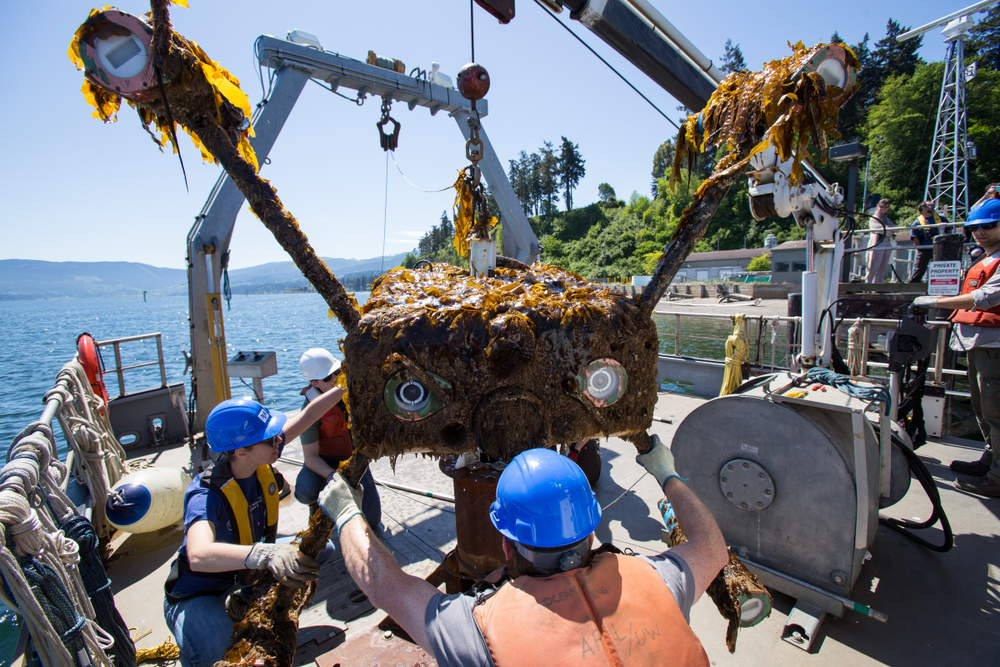
Trueworthy: How has PMEC changed since its inception? Is the mission still the same?
Polagye: On one hand, the center has changed tremendously: a number of the people who were involved in the early days have since moved along in their careers; new people have joined the team; the University of Alaska Fairbanks joined the consortium; and its name changed to PMEC. But on the other hand, a lot remains the same such as the mission statement and what we consider to be in the scope of technology, environment, and society. When you bring new people and ideas into the center, it will go beyond cosmetic changes, but it has been a continual evolution around a core, common mission. The who and the how have evolved over time, but the why has been constant.
Kasper: The people who are involved have ebbed and flowed, the centers themselves have evolved – Alaska being the new addition in 2014 – the funding that backs them up has evolved, but the mission is still the same.
Robertson: Our individual activities at any point within the institutions are dependent upon the faculty members, the students, and the funding opportunities, so as personnel ebb and flow, the center is going to be both opportunistic and strategic to go after the funding resources to help drive the center forward in view of that constant mission.
Trueworthy: It sounds like there are lots of resources at PMEC for ocean technology startups and entrepreneurs. How can these groups best collaborate with PMEC going forward?
Polagye: So, there are a few existing options and one very exciting new development we just launched. To help improve collaboration among our stakeholders, we recently created the Industry Partner Network; this allows people and organizations to gain better familiarity about what PMEC is, learn how to work with us, and to be invited to our all-Center meeting to see what us and our partners are doing. We are always happy to see new companies join the Industry Partner Network or approach us to partner for collaborative funding opportunities.
A much more actionable way for startups to start to engage with us is through the Testing Expertise and Access for Marine Energy Research (TEAMER) Program. This program is a whole new way that the U.S. Department of Energy is trying to better connect the marine renewable energy industry to the facilities and expertise at universities, including PMEC. It is going to be a rapid-fire program to fund the university side of that engagement. For example, historically we have had companies come to us and ask, “We want to do tank testing to prove out our technology and raise money, but can’t afford to pay for the test yet. Can you help us?” and we have to say, “We would love to help you, but we can’t do tank testing for free.” TEAMER is basically a way to break that chicken and egg problem and hopefully get more exposure to companies and gives companies the sort of data they need to go out and raise additional funds. I think the leading role that PMEC has in the TEAMER project will be important for small companies looking to commercialize their technologies and we’re looking forward to developing this sort of grassroots connections with the entrepreneurial ecosystem.
Robertson: It is not just that PMEC provides opportunities for startups to be able to communicate and leverage the expertise under the center’s umbrella, but if we look around the marine energy landscape right now, we can trace a significant number of companies and startups back to PMEC. A lot of these startups are contingent upon dedicated university programs that help them develop in the space, provide employees with the knowledge of the applications, and identify gaps in the landscape that they can then go and make into commercial opportunities. That is one of the bigger impacts that we have on moving the industry forward.
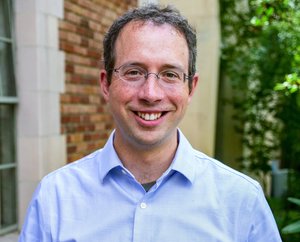
Brian Polagye was the first graduate student to graduate from PMEC in 2009. He assumed the PMEC co-Director role at the University of Washington in 2011 and has been the Director since 2017. He is also an Associate Professor in the Mechanical Engineering Department at UW, an Affiliate Investigator at the Applied Physics Laboratory, and a Senior Mechanical Engineer at Pacific Northwest National Laboratory.
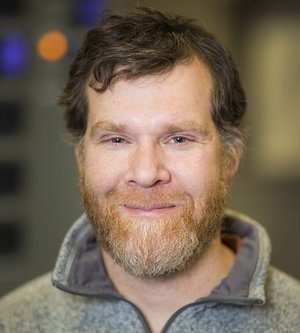
Jermey Kasper is a Research Associate Professor at the Alaska Center for Energy and Power at the University of Alaska Fairbanks, the Deputy Director of the Alaska Center for Energy and Power, and became a co-Director of PMEC at UAF when it joined the Center in 2014.
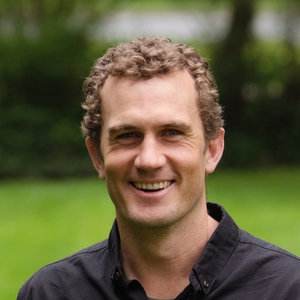
Bryson Robertson is an Associate Professor of Civil and Construction Engineering at Oregon State University and the co-Director of PMEC at OSU. He joined PMEC in 2018 from University of Victoria in British Columbia where he managed the Pacific Institute of Marine Energy Discovery (PRIMED).

Ali Trueworthy is a second year PhD student in Mechanical Engineering and a MA student in Environmental Arts and Humanities doing research in design methodologies for wave energy converter design at Oregon State University. She writes a regular series of research highlights about PMEC’s marine energy work on the PMEC website.

